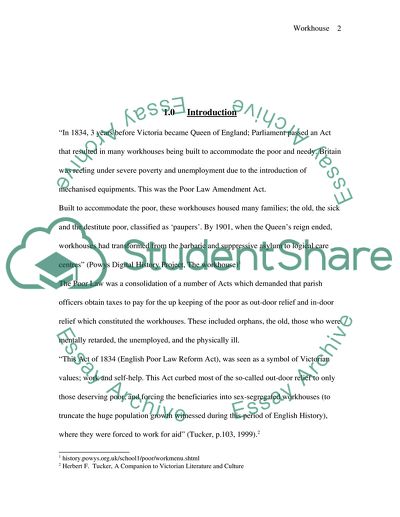Cite this document
(“The Victorian workhouse was a total institution Essay”, n.d.)
Retrieved from https://studentshare.org/history/1539183-the-victorian-workhouse-was-a-total-institution
Retrieved from https://studentshare.org/history/1539183-the-victorian-workhouse-was-a-total-institution
(The Victorian Workhouse Was a Total Institution Essay)
https://studentshare.org/history/1539183-the-victorian-workhouse-was-a-total-institution.
https://studentshare.org/history/1539183-the-victorian-workhouse-was-a-total-institution.
“The Victorian Workhouse Was a Total Institution Essay”, n.d. https://studentshare.org/history/1539183-the-victorian-workhouse-was-a-total-institution.


